How Long Do Antibiotics Take To Work?

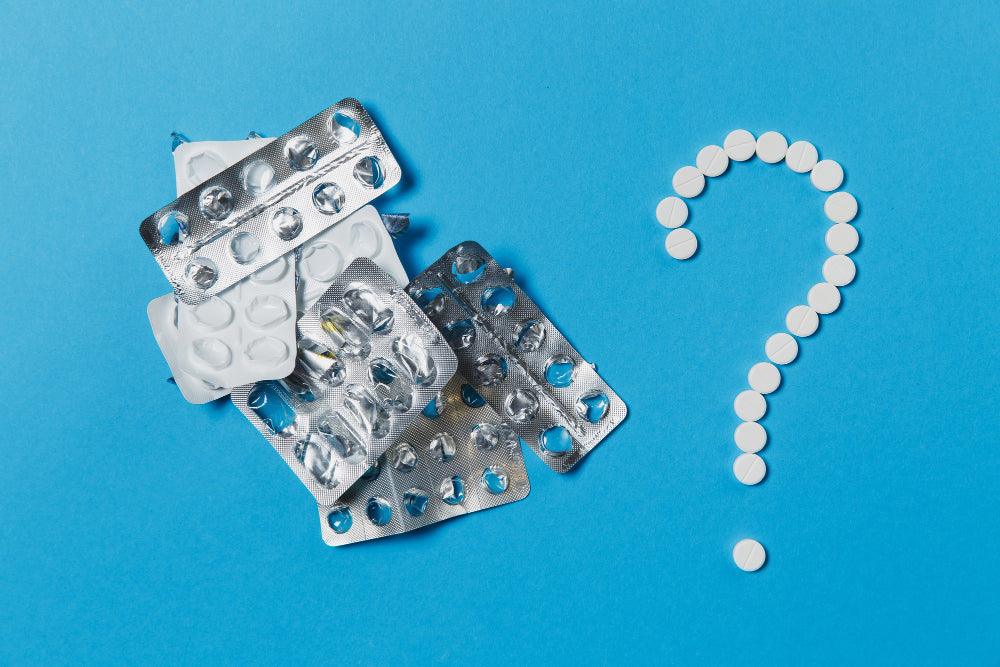
Related products
What’s covered?
Different antibiotics take different times against other bacterial infections
Antibiotics help you with bacterial infections, e.g., pneumonia, tuberculosis, and urinary tract infections. They are the mainstay of modern medicine. How do these antibiotics work? How long will an antibiotic take to treat an infection? Let's understand these aspects of antibiotic treatment.
How do antibiotics treat bacterial infections?
Antibiotics are very effective against bacteria. They either kill the bacteria or control their growth. To understand how they work, you should know different antibiotic types and the factors that influence their action.
What are the different types of antibiotics?
Different antibiotics used to treat bacterial infections are;
Penicillin and its derivatives
This group include penicillin and its different variants, e.g., amoxicillin. This was the first class of antibiotics discovered (remember Alexander Fleming?). These antibiotics are effective against various severe to mild bacterial infections.
Sulfonamides
The most important member of this group is trimethoprim-sulphamethoxazole (Bactrim). These are used for skin infections and urinary tract infections (UTIs).
Macrolides
These are used for sexually transmitted diseases (STDs), pneumonia etc... The familiar members are azithromycin and Clindamycin.
Tetracyclines
These antibiotics are prescribed for respiratory tract infections, skin infections and tick-borne diseases. These include doxycycline, minocycline, oxytetracycline etc...
Fluoroquinolones
The ordinary members are levofloxacin, moxifloxacin and ciprofloxacin. These are used to treat UTIs, skin infections, joint swellings etc...
Cephalosporins
These antibiotics are used for meningitis, ear infections and pneumonia. The most prescribed example is Cefixime.
What factors influence their action?
If you have experience with bacterial infections, you may know that antibiotics do not work at the same speed. Some work quickly, while others take longer. Why do these responses differ? The rate of action of antibiotics depends on these factors.
The route of administration used.
An antibiotic can be used orally, injected into the blood, or applied as a cream or ointment. All routes will change their time of action. For example, the antibiotics injected into your blood will work more rapidly than those taken orally. Why does this happen? This happens because the antibiotics have to enter the bloodstream to reach the target site. From the mouth, it takes longer. A topical antibiotic will get the blood even slowly.
All of the antibiotics taken through the oral route will not reach the blood. For example, most of the penicillin G is destroyed by the acids in your stomach, and less than 30% get the blood. So, you have to take such antibiotics for a longer time. The doctors also recommend acid-resistant drugs to be used orally, e.g., penicillin V.
The type of bacteria and disease
Different diseases and types of bacteria require an additional duration of treatment. For example, the action will be rapid against the bacteria which are present in the blood. Some bacteria hide, and so a longer duration treatment is required. For example, in the case of tuberculosis, the bacteria hide at multiple sites. They also exist in a dormant form. So, you have to carry out treatment for months.
The same is the case with H. pylori, the causative agent of stomach ulcers and stomach cancer. It has developed several mechanisms to hide from antibiotics and body defence systems. So, you are again forced to take antibiotics for a more extended period.
Bioavailability
When you take an antibiotic orally, not all will reach your blood. Bioavailability will tell you how much the drug reaches circulation. For example, 50% bioavailability means only half of the drug reaches circulation. The rest is destroyed by stomach acids or removed by the liver and faeces.
So, a drug with higher bioavailability will work faster. The drug having maximum absorption will have a higher bioavailability. The absorption of different antibiotics is given below.
Amoxicillin 74-92%
Cefixime 30-50%
Azithromycin 37%
Clarithromycin 55%
Doxycycline, more than 90%
Tetracycline, more than 90%
Ciprofloxacin 65-85%
Clindamycin 90%
Metronidazole 80%
trimethoprim-sulphamethoxazole 70-90%
How long should you take antibiotics for a bacterial infection?
So, how long will an antibiotic take to eradicate the infection? For any bacterial infection, you have to undergo a course of antibiotics for a number of days. It is the job of your physician to decide how many days you have to take any antibiotics.
When will signs and symptoms start to disappear?
As you take an antibiotic, it will be absorbed into the blood. The blood level will attain a peak (depending on the type of antibiotic used). The drugs will start killing bacteria immediately after entering the bloodstream. But, the effects will be noticeable after a few days. Why? This is because most of the signs of disease are due to the immune system's response. This response will subside after some time.
Dose and duration
The response also depends on the dose and type of antibiotic. For example, fosfomycin will cure with a single dose, and you will notice an improvement in 2-3 days. This is because it has good bioavailability and stays for a long time in the blood. However, you will need several doses of tetracyclines for many days to respond effectively.
What is the most common antibiotic treatment duration?
Most commonly, you will start to feel better after 2-3 days of treatment. The usual course of antibiotics is 7-14 days. Your doctor will decide the doses and the number of days. Even if you start feeling better after some days, you should not leave the treatment and complete your treatment course. Otherwise, you will develop antibiotic resistance, and the antibiotics will not work anymore. Alternately, the bacterial resistance will do the same job.
The bacteria developing antibiotic resistance will survive, and their progeny will also survive.
Bottom-line
Several antibiotics are used to fight infections caused by harmful bacteria. The antibiotics kill or inhibit the bacteria. The length of antibiotic treatment varies depending on the type of infection and type of bacteria. For example, common bacterial infections require 7-14 days of treatment. However, taking antibiotics is not free from issues, and improper use may lead to antibiotic resistance in the patients or bacteria. They are, however, not effective against viral infections.
So, it is a wise practice to use antibiotics under the guidance of a doctor.



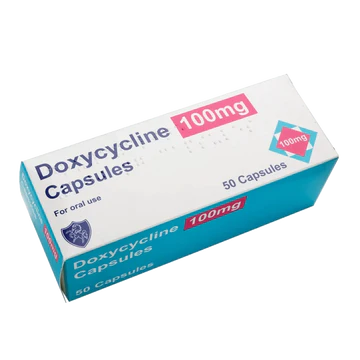

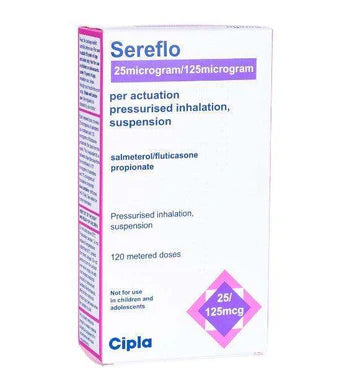

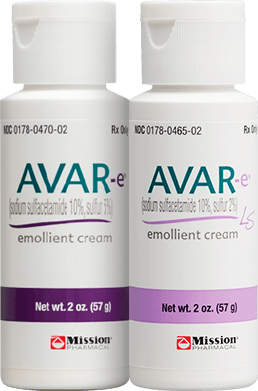
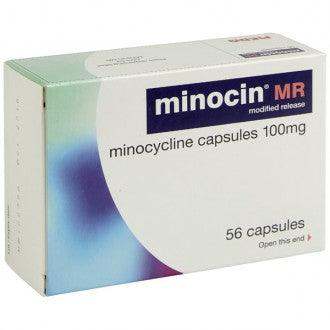
 Rated Excellent by 26,523+ Reviews
Rated Excellent by 26,523+ Reviews